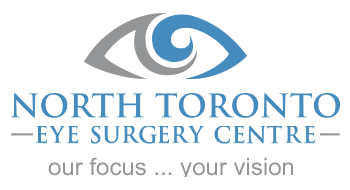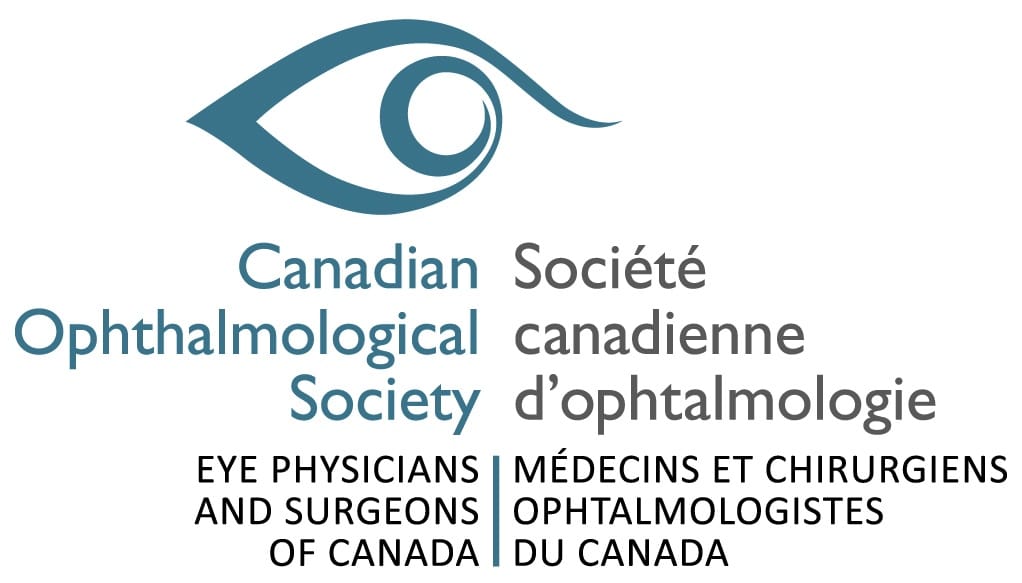Click Here For More Information
North Toronto Eye Care: An Accredited Dry Eye Centre
Dry Eye Disease (DED) is a multifactorial and often under-diagnosed condition where the eyes either do not produce enough tears or the tears evaporate too quickly due to poor quality. While typically not sight-threatening, untreated DED can lead to worsening symptoms such as itching, discomfort, and irritation, increasing the risk of infection and reduced vision. Proper eye care is essential to alleviate symptoms and prevent complications.
Your doctor and eye care team will conduct a thorough evaluation and appropriate testing to diagnose dry eye and provide a customized treatment plan tailor to your specific needs.
Two Main Types of Dry Eye
Patients can suffer a mixed mechanism of both Aqueous Deficient and Evaporative Dry Eye.
Aqueous Deficient Dry Eye (ADDE)
Aqueous Deficient Dry Eye occurs when the lacrimal glands fail to produce enough tears to maintain a stable and healthy tear film. This insufficiency leads to chronic inflammation of the ocular surface and is strongly associated with autoimmune diseases such as Sjogren’s Syndrome, rheumatoid arthritis, diabetes, and thryoid disease. ADDE is notably more common in women and accounts for approximately 15% of all dry eye cases.
Evaporative Dry Eye
Evaporative Dry Eye, often caused by Meibomian Gland Dysfunction (MGD), occurs when the lipid layer of the tear film is insufficient, leading to rapid tear evaporation. This condition frequently arises from blockages in the meibomian glands, known as chalazion, or from inflammation of the eyelids, such as ocular rosacea or blepharitis. Evaporative Dry Eye is the most common form of dry eye, accounting for approximately 86% of all cases.
Diagnostic testing will determine the type of DED that you have and will help us to further develop a Personalized Treatment Plan.
Why Do Eyes Become Dry?

















